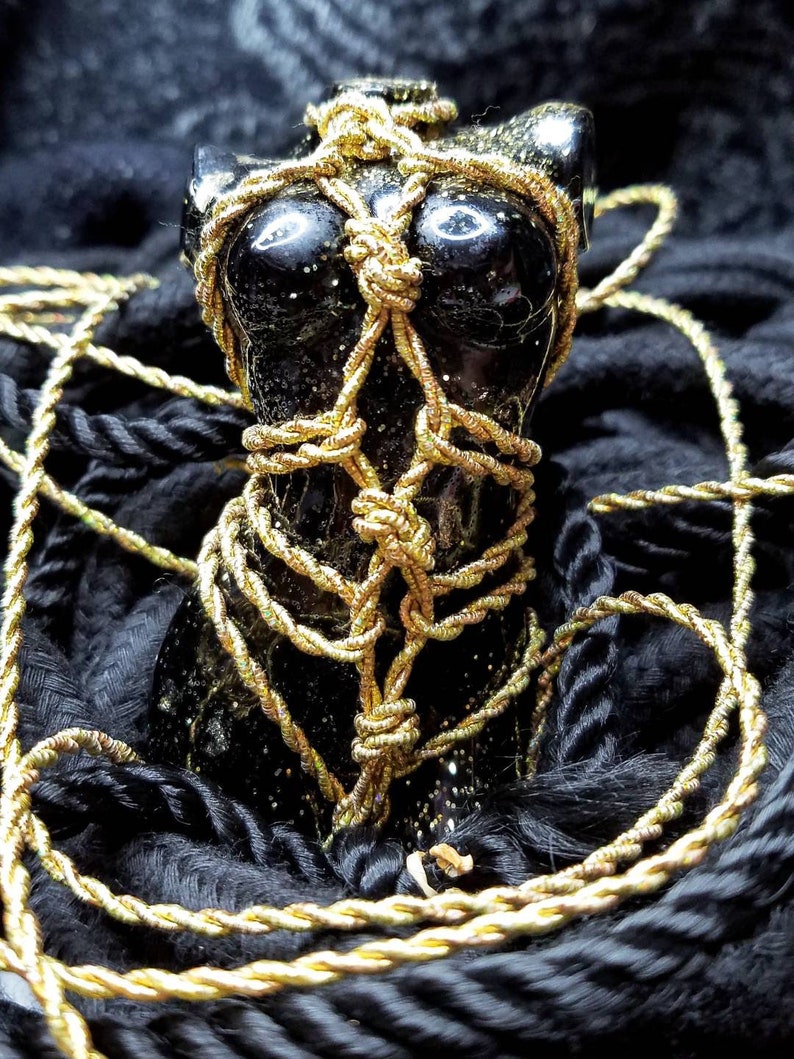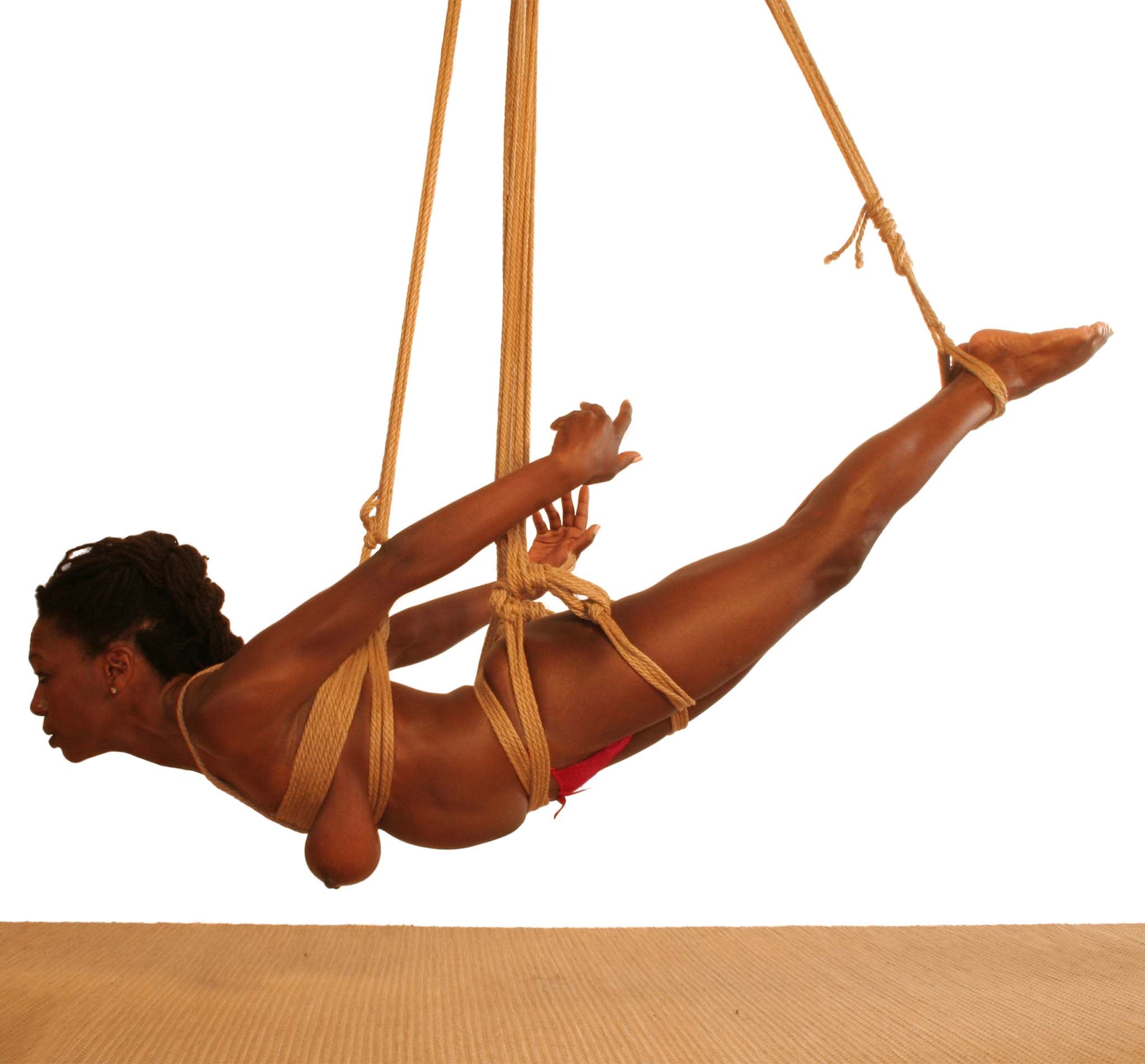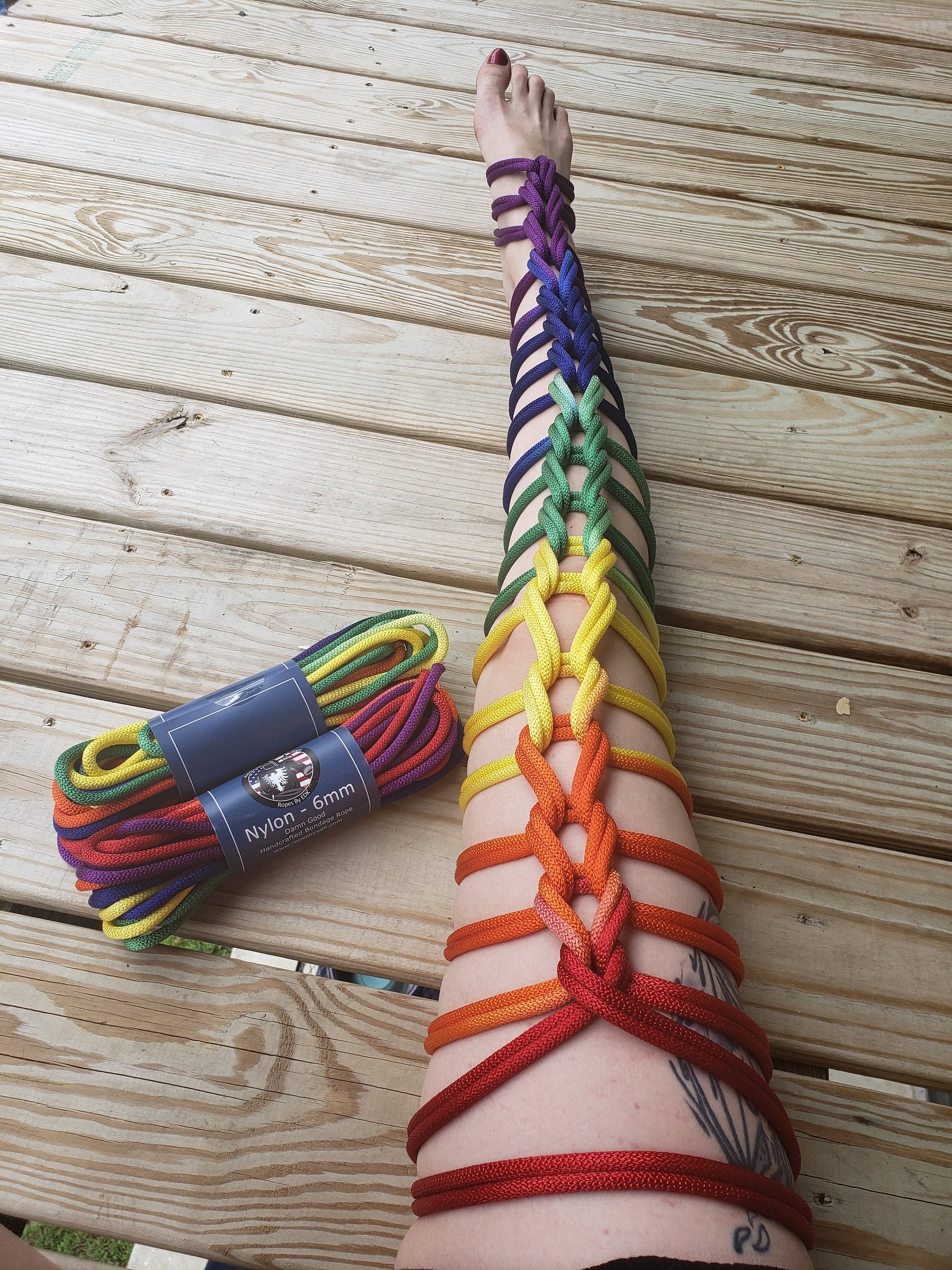Is the ancient art of shibari rope about control, or connection? The answer, paradoxically, might be both, or neither, and the true meaning lies in the nuanced interplay between the rigger and the subject, a dance of vulnerability and trust that transcends mere physicality.
The practice, often mistakenly reduced to a fetish, is, at its core, a complex aesthetic endeavor. It's an art form that uses rope to create beautiful, intricate patterns on the human form, a form of body modification that goes beyond the superficial. It's a form of communication, a silent language spoken through carefully chosen knots and the pressure exerted by the ropes. The materials themselves typically natural fibers like hemp, jute, or silk are carefully selected for their tactile qualities, their strength, and their ability to create specific visual effects. The texture of the rope against the skin, the subtle give and take of the fibers, the way the light plays across the surfaces - all contribute to the experience. Consider the precision, the care and the artistic eye required to transform a length of rope into a work of art. There's a deep respect for the human form, a willingness to explore the boundaries of sensation, and a commitment to safety and communication that are essential components. The aesthetic aspect alone justifies the artistic value of the form.
Here's a brief overview of the principles that often guide shibari, which can encompass a wide variety of approaches and styles:
Safety: This is paramount. It includes using appropriate rope, checking for medical conditions, and ensuring a safe environment. Communication about limits, comfort and boundaries is vital.
Trust: Shibari is a practice where a high degree of trust is essential between both parties. The person being tied must trust their rigger to keep them safe and within their boundaries. The rigger must trust that the person being tied will communicate their needs honestly.
Consent: Every part of the session must be agreed upon by all participants. Consent is ongoing and can be withdrawn at any point. Boundaries must always be respected.
Aesthetics: Shibari, or Japanese rope bondage, is highly regarded for its aesthetic qualities. It is considered an art form where balance, form, and tension are all key ingredients of a pleasing visual experience.
Communication: The best practice is to establish clear, non-verbal cues that signal discomfort. Communication ensures an enjoyable experience for all.
The history of shibari rope is deeply rooted in Japanese culture, but its origins are multifaceted, stemming from both practical and aesthetic needs. While often associated with the Edo period, the use of rope for restraint and binding has much older roots, tracing back to the practical requirements of military, agriculture, and even punishment.
The military applications are perhaps the most pragmatic. Soldiers needed a means of restraining captives, immobilizing horses, and securing equipment. Farming, fishing, and other agricultural endeavors also utilized rope for various purposes, from constructing shelters to transporting goods. These utilitarian applications laid the groundwork for the more nuanced, artistic forms that would eventually emerge. The tools and techniques developed during these periods provided the foundation for the more sophisticated techniques seen today, the foundation for intricate patterns and the emphasis on aesthetics. The precise knotting, the careful tensioning, the understanding of pressure points these were all refined over generations of practical experience.
Over time, these practical uses evolved, merging with elements of performance and artistic expression. The aesthetic qualities of the rope work became more pronounced, with a focus on symmetry, balance, and visual impact. The ropes were no longer simply tools for restraint; they became mediums for artistic expression. The integration of ritualistic and spiritual elements further enriched the practice. In some contexts, shibari was associated with purification rituals, with the tying process acting as a metaphor for binding oneself to a higher power. There's a certain meditative quality to the act of tying, the concentration required, the focused attention on the body. The rhythmic movements, the careful placement of the rope, the gradual tightening all can contribute to a state of heightened awareness and presence. This meditative aspect has also contributed to the spiritual dimensions of the practice, as the rigger and the subject may enter a trance-like state. Moreover, these developments brought forth an increase in the interest in this practice.
The transition from practical necessity to art form was not always a direct one. In many societies, the use of rope for restraint has been linked to punishment, coercion, and subjugation. However, within the context of shibari, the power dynamic is renegotiated. The focus shifts from domination to collaboration, from punishment to pleasure. The goal is not to inflict pain or control, but to explore the possibilities of connection and trust. This re-imagining of the power dynamic is crucial to understanding the essence of the art. The person being tied maintains control, and the riggers role is not to dominate but to facilitate the experience.
It's essential to distinguish shibari from other forms of bondage or discipline. While the use of rope might overlap with these practices, the intention, the methodology, and the philosophy are markedly different. Shibari emphasizes the artistic elements, the exploration of sensation, and the creation of a safe, consensual space for exploration. Its practitioners do not subscribe to the hierarchical dynamic associated with these other practices. This distinction is crucial to understanding the art's essence. The value lies in the beauty of the final product, in the process of creation, and in the shared experience of vulnerability and trust. Shibari is less about domination and more about connection, communication, and mutual respect. This difference helps one to understand why this form of art is considered an artistic expression, not just a means of control.
The impact of shibari on modern art and popular culture is subtle but undeniable. The practice has inspired artists in various mediums, from photography and sculpture to performance art and fashion. The aesthetic elements of shibari - the intricate knots, the sculptural forms, the emphasis on the human body have found their way into these artistic expressions. In photography, shibari provides a unique way to explore the human form. The ropes create lines and patterns that accentuate the body's curves and angles, adding a dimension of visual interest to photographs. In performance art, the practice has been used to explore themes of control, freedom, and the body's boundaries. The live act of tying can be a captivating spectacle, inviting audiences to reflect on their own relationships with their bodies and with the world around them. And in fashion, the aesthetics of shibari have influenced designers, who have incorporated rope and binding techniques into clothing and accessories. This demonstrates the breadth and versatility of the art's influence.
However, the influence of shibari isn't just limited to the high art world. The practice has also begun to seep into popular culture, albeit often in a somewhat sanitized or fetishized form. The appearance of shibari-inspired imagery in films, music videos, and video games has raised awareness of the practice. While these portrayals often lack the nuanced understanding of the art, they have at least opened up a space for discussion. This exposure has both positive and negative consequences. While it provides a glimpse of a world beyond the mainstream, it can also misrepresent the practice, making it appear simplistic or even exploitative. These depictions can reinforce misconceptions, thus undermining the art's true potential. Despite these challenges, the practice continues to evolve and flourish.
For those interested in exploring the practice, learning the fundamentals is critical. Safety, as we've seen, is the paramount consideration. Selecting the right rope is critical. Hemp, jute, and silk are popular choices due to their durability and tactile qualities. Starting with basic knots and techniques is crucial. Understanding the anatomy of the body is important to know where the rope can be safely applied and to avoid causing injury. Finding a skilled instructor who can provide guidance and mentorship is essential. There is a strong emphasis on community and learning. There are workshops, online tutorials, and books that can guide you. Learning from those with experience is the surest way to stay safe. A respectful and open mindset is crucial to understanding the deeper meaning of the art.
The practice of shibari rope is not about dominating or controlling; it is about a shared experience. It is a practice rooted in respect, consent, and a mutual desire for exploration. By engaging with this art form, one can discover a new level of self-awareness and understanding of others. The potential for personal growth, creative expression, and artistic exploration makes it a worthwhile pursuit for the curious. As such, it's important to approach the practice with an open mind, a willingness to learn, and a deep respect for the human form.
The future of shibari rope looks bright. The art form is attracting new practitioners, expanding its reach, and challenging pre-conceived notions. The growing interest in alternative art forms and a greater appreciation for the human body contributes to the practice's increased visibility. The intersection of art, performance, and self-expression ensures that shibari will continue to evolve. It's more than just a niche interest; its a thriving art form that values respect, consent, and individual expression. The community around the art form is continuously growing, with practitioners and enthusiasts exploring new techniques, forms of expression, and ways to connect with others. The practices ability to adapt and thrive makes it one of the more interesting artistic endeavors to be seen in todays society.
The art of shibari rope is a fascinating and complex practice that offers a unique way to explore the human body, relationships, and creativity. It's an art form that emphasizes connection, trust, and communication. By understanding its history, principles, and cultural significance, one can begin to appreciate the beauty and artistry of this remarkable practice.


